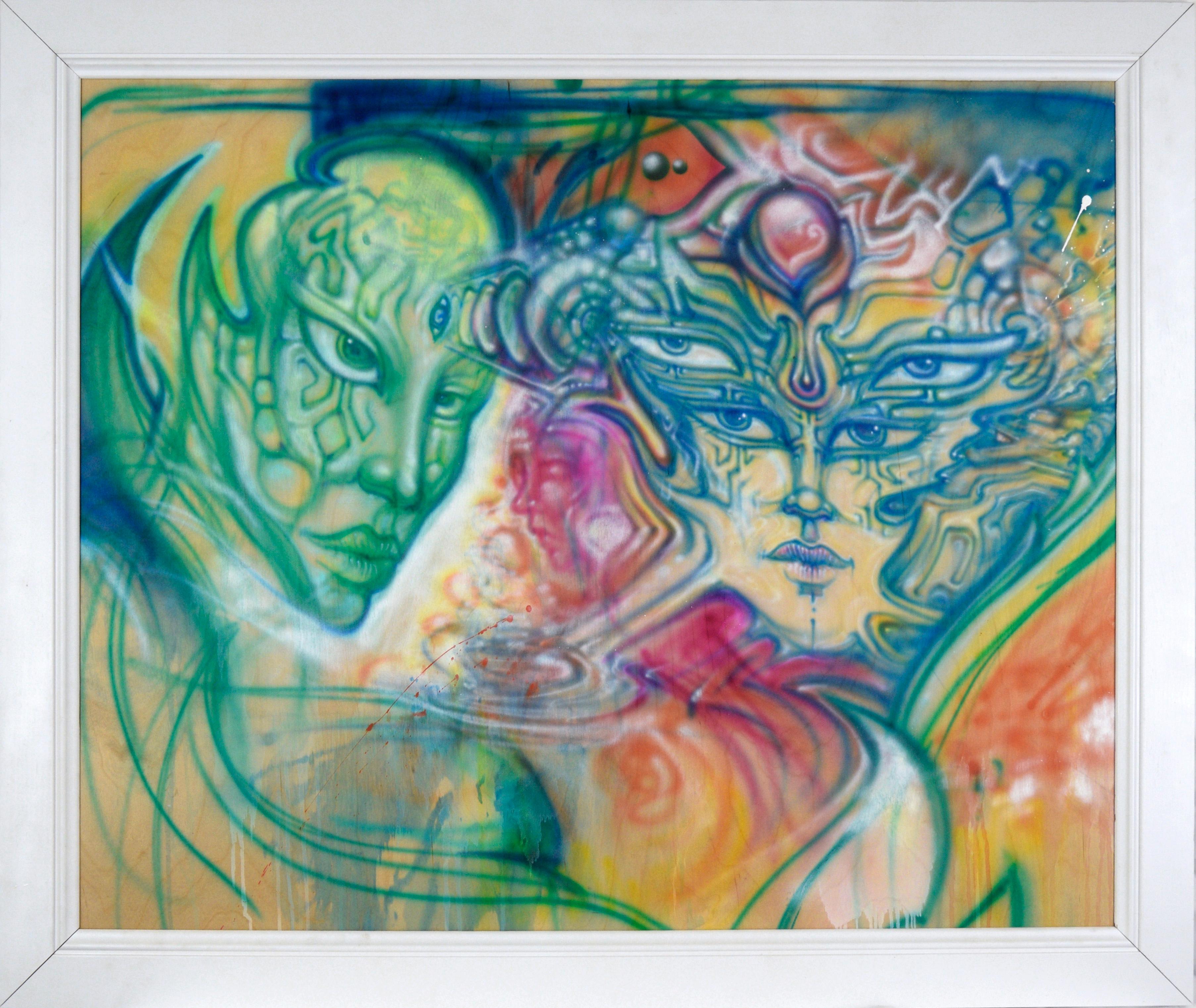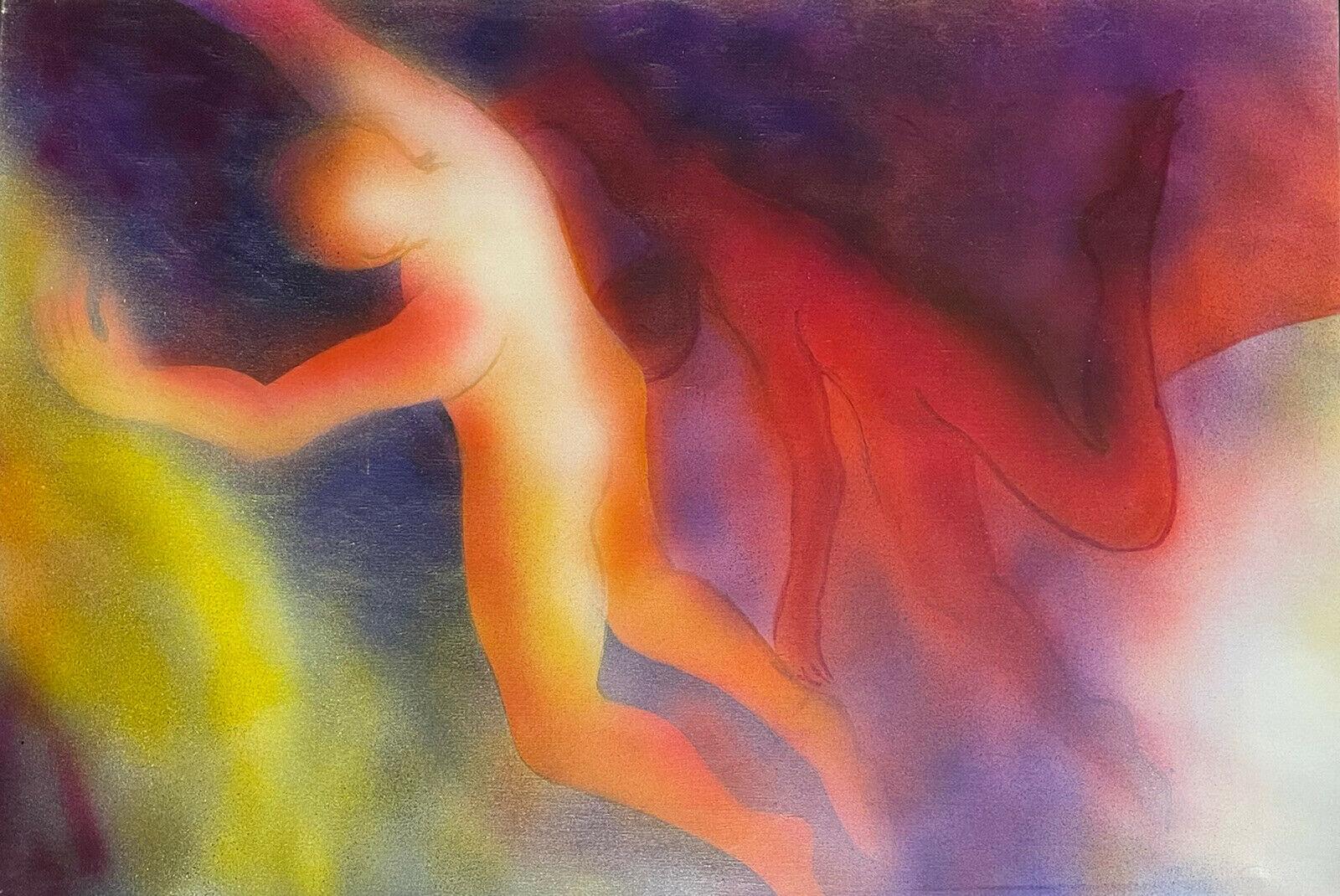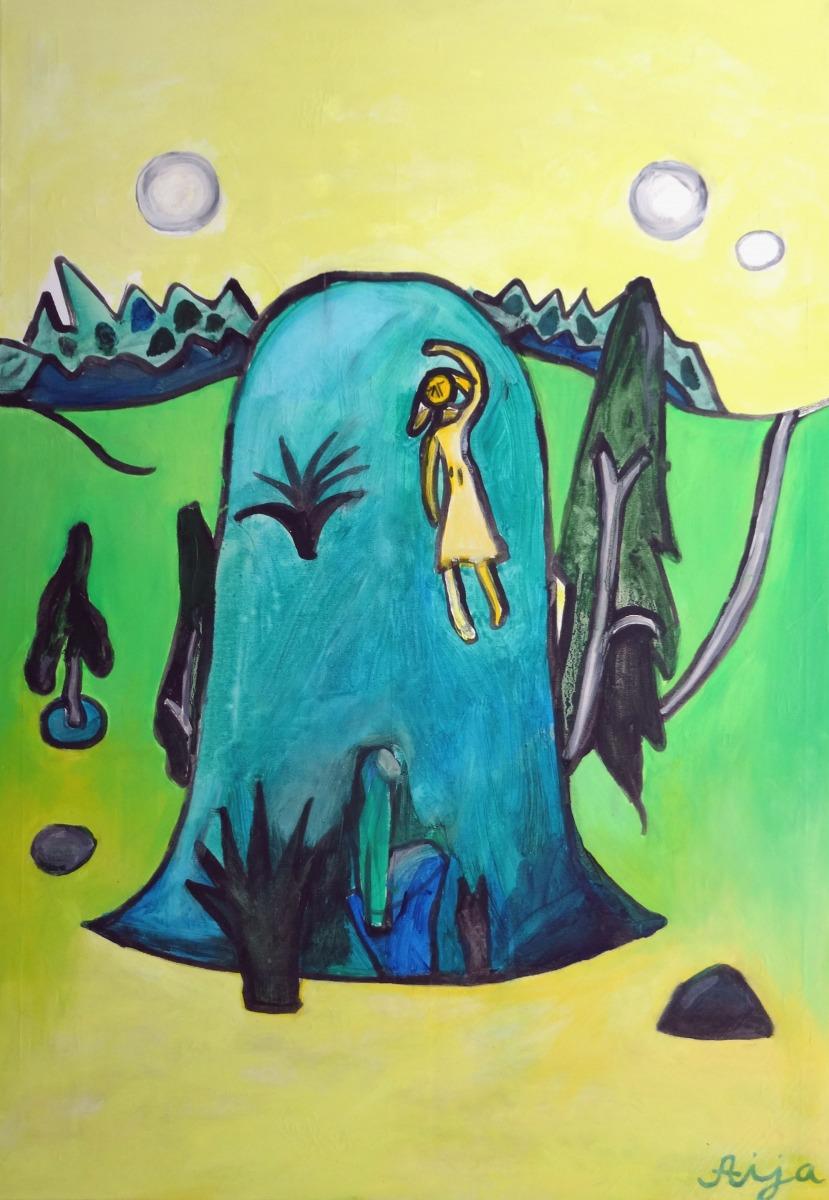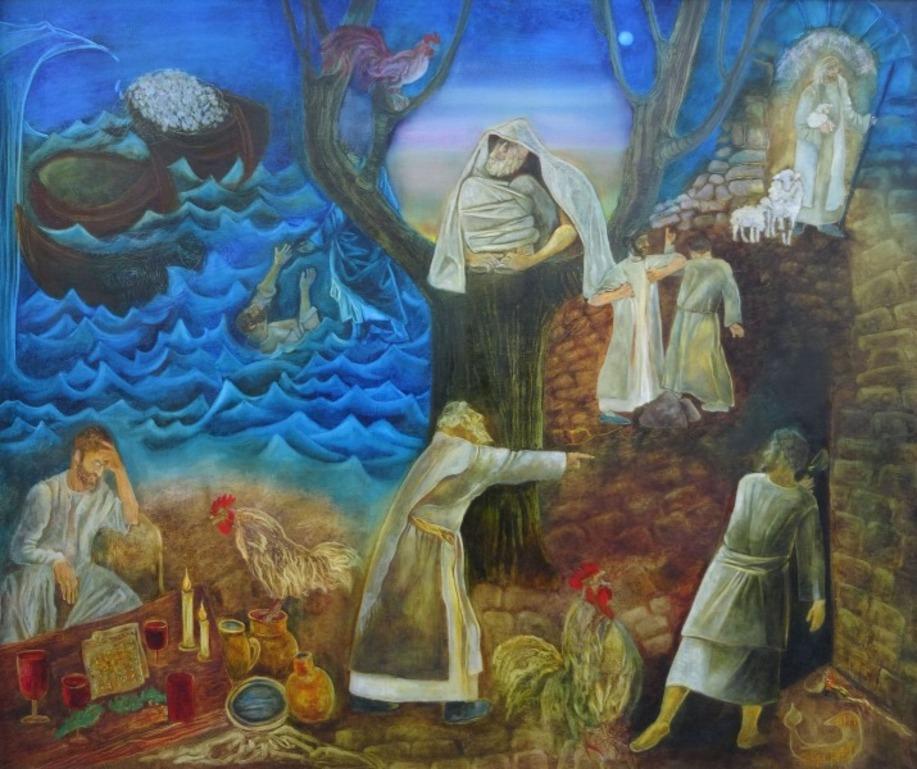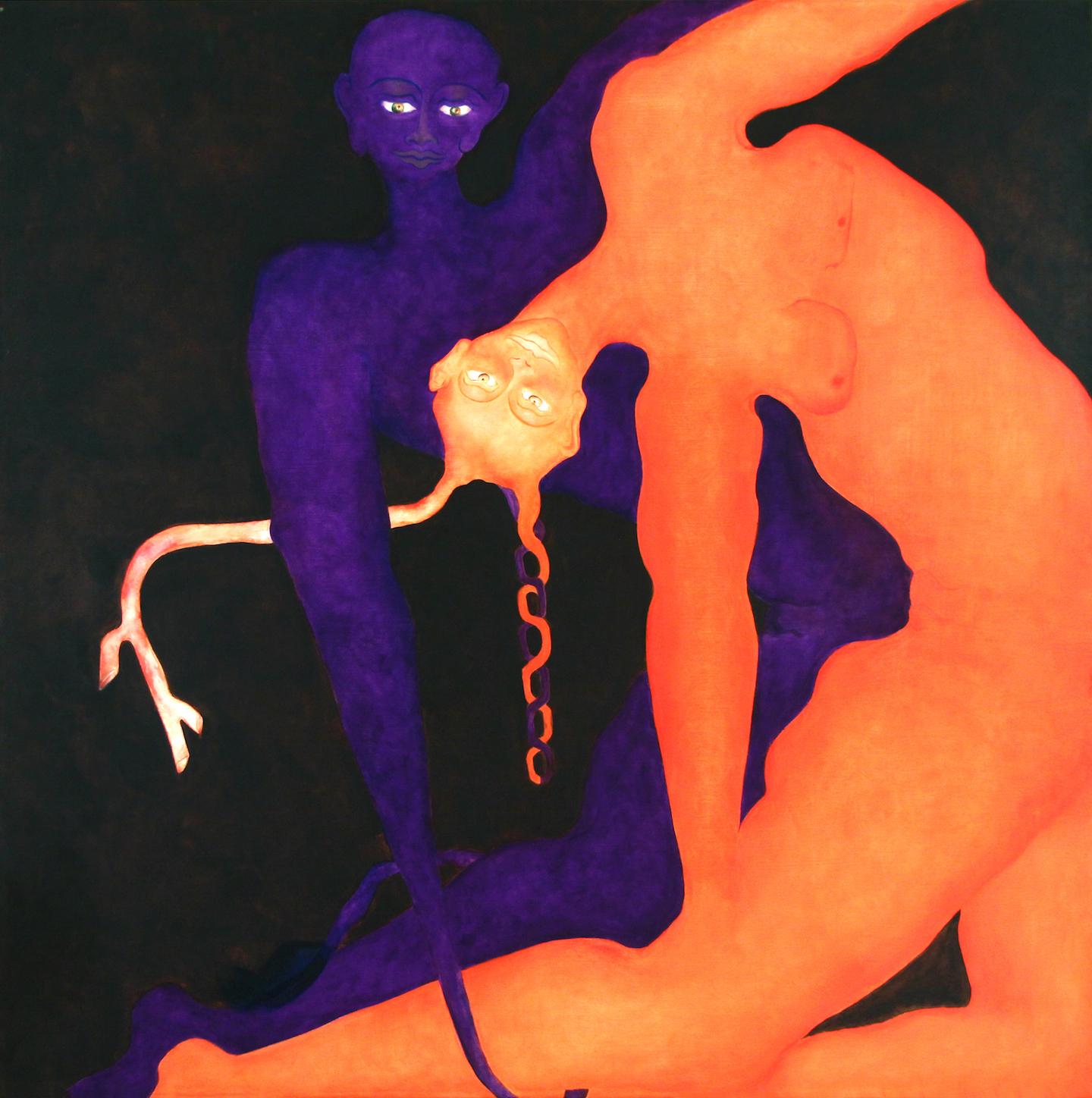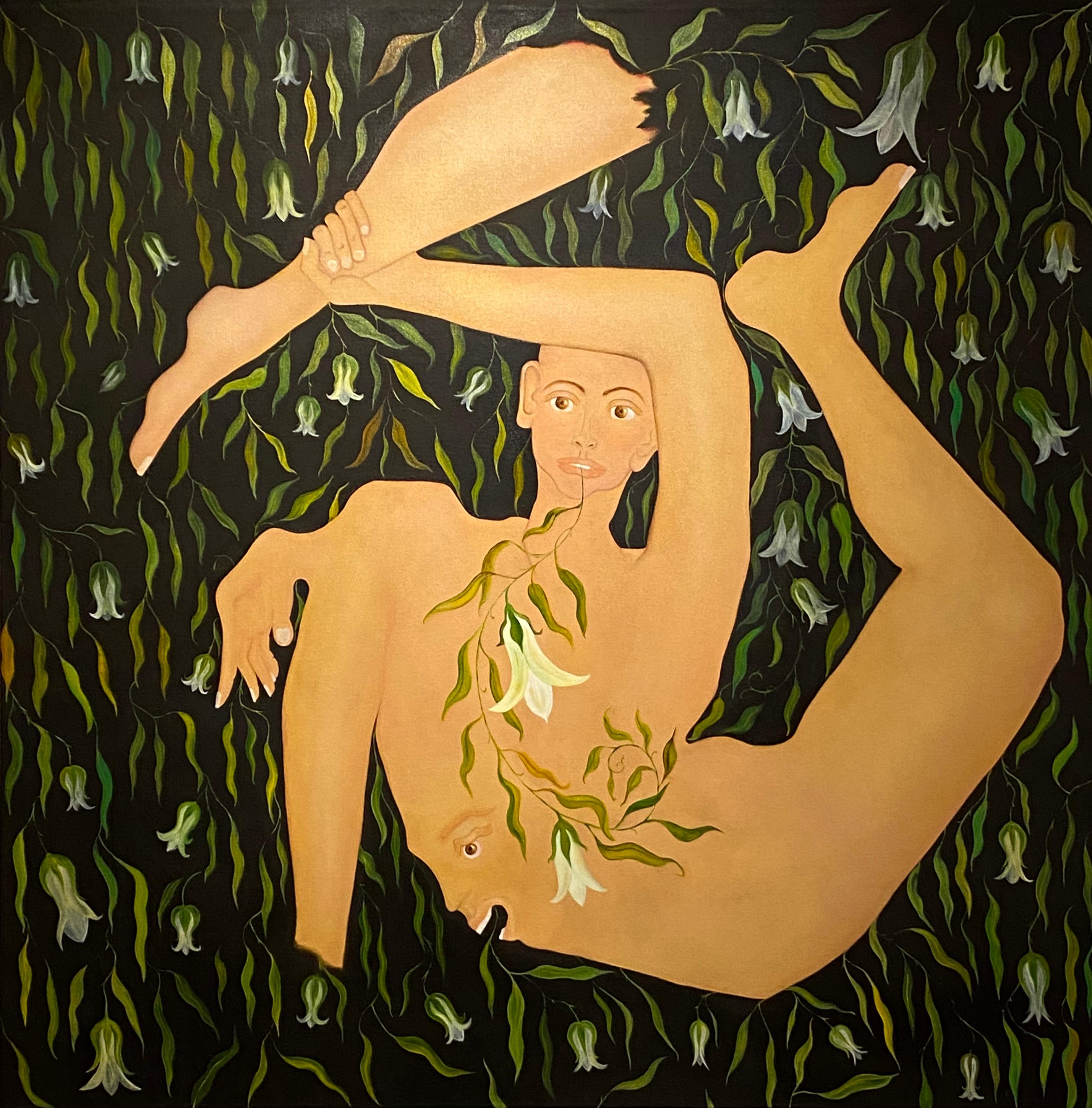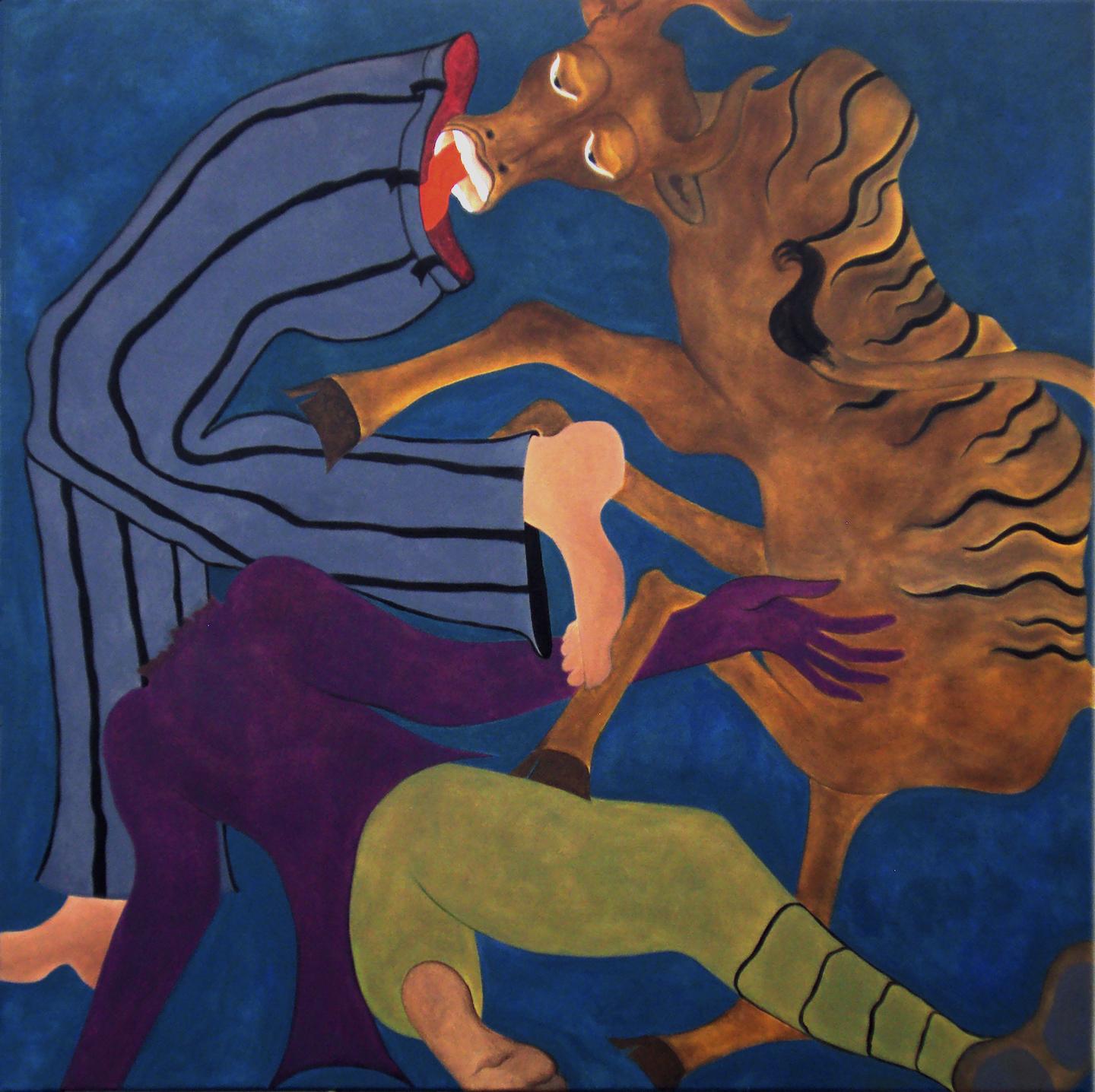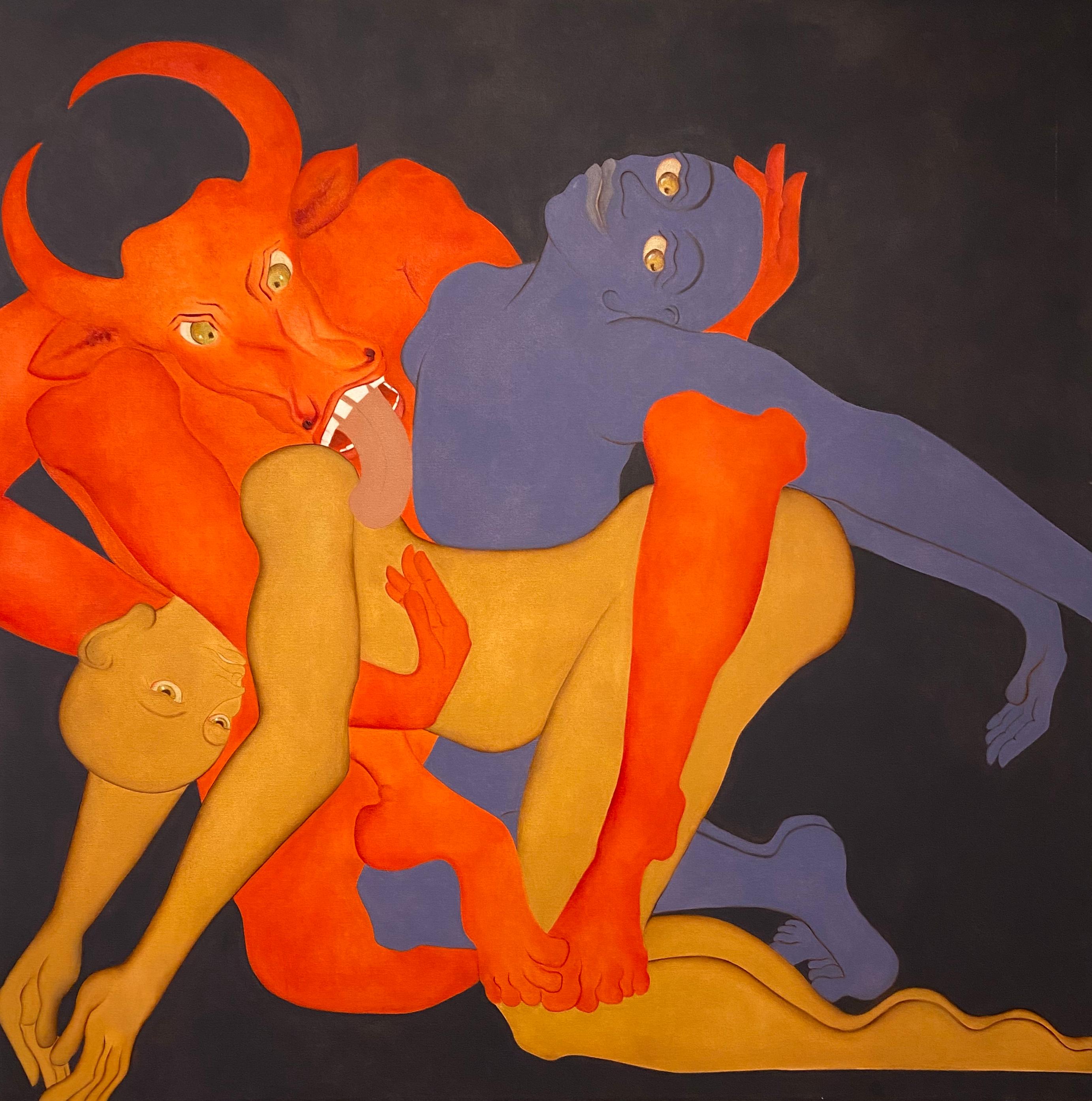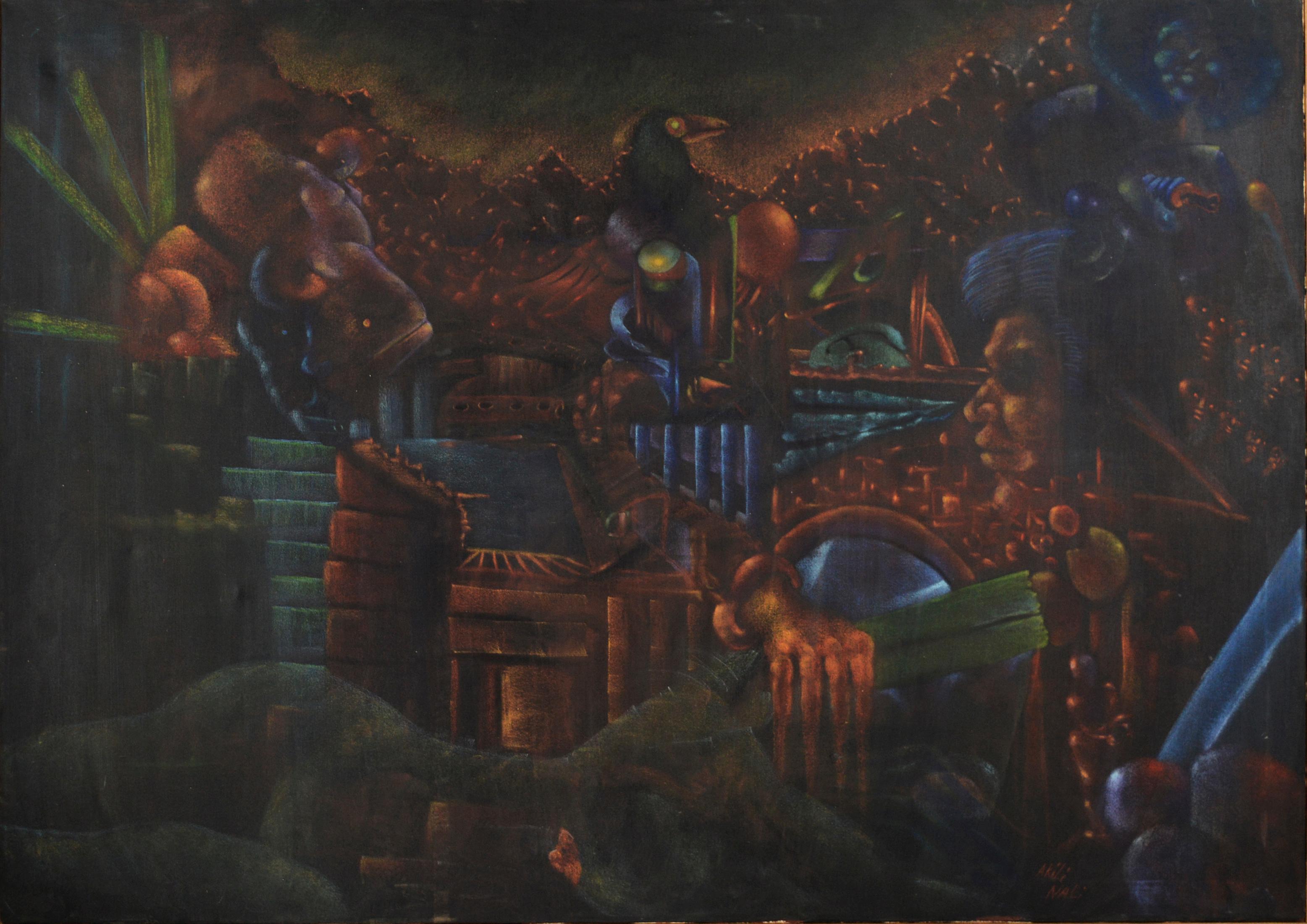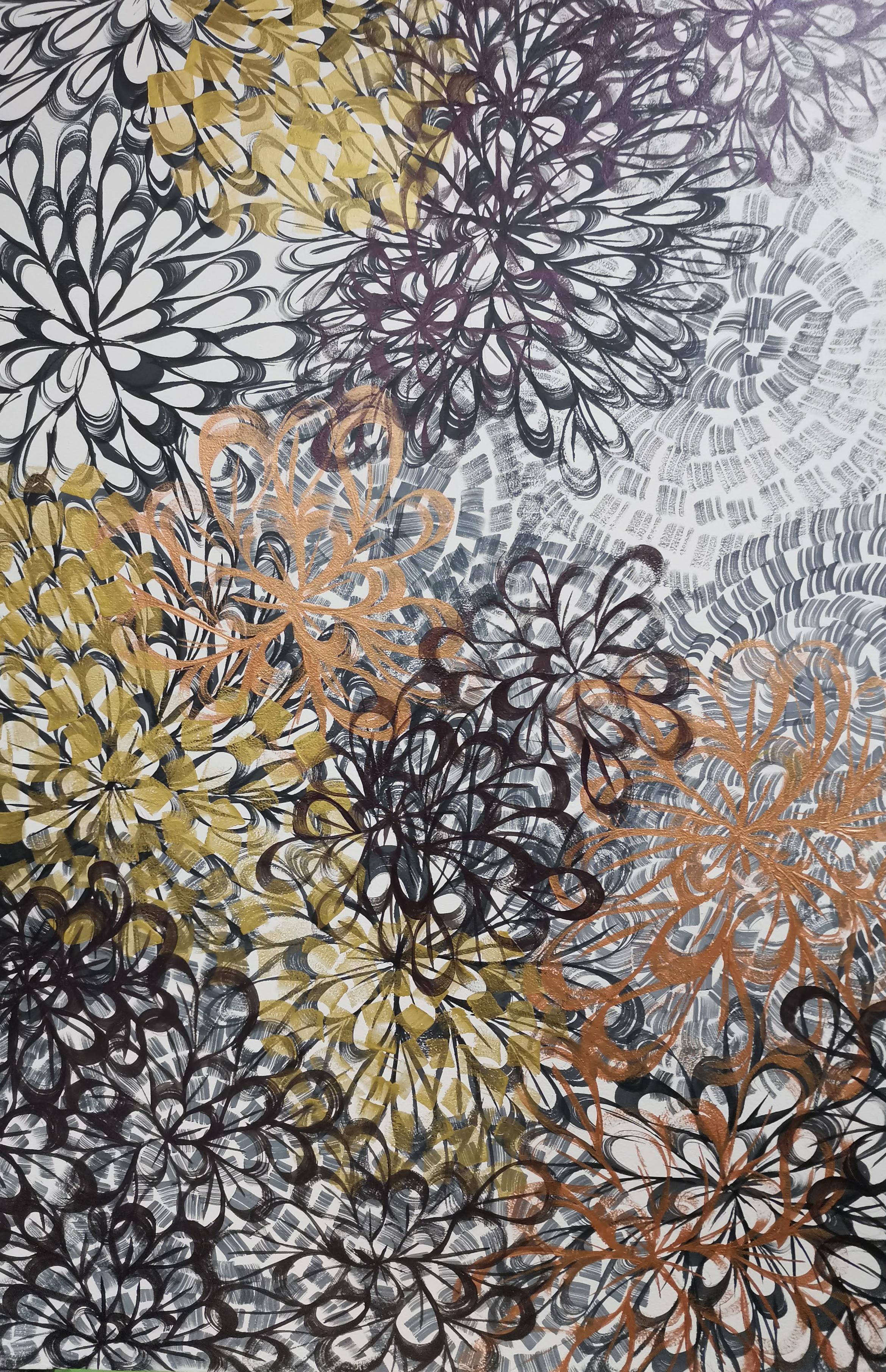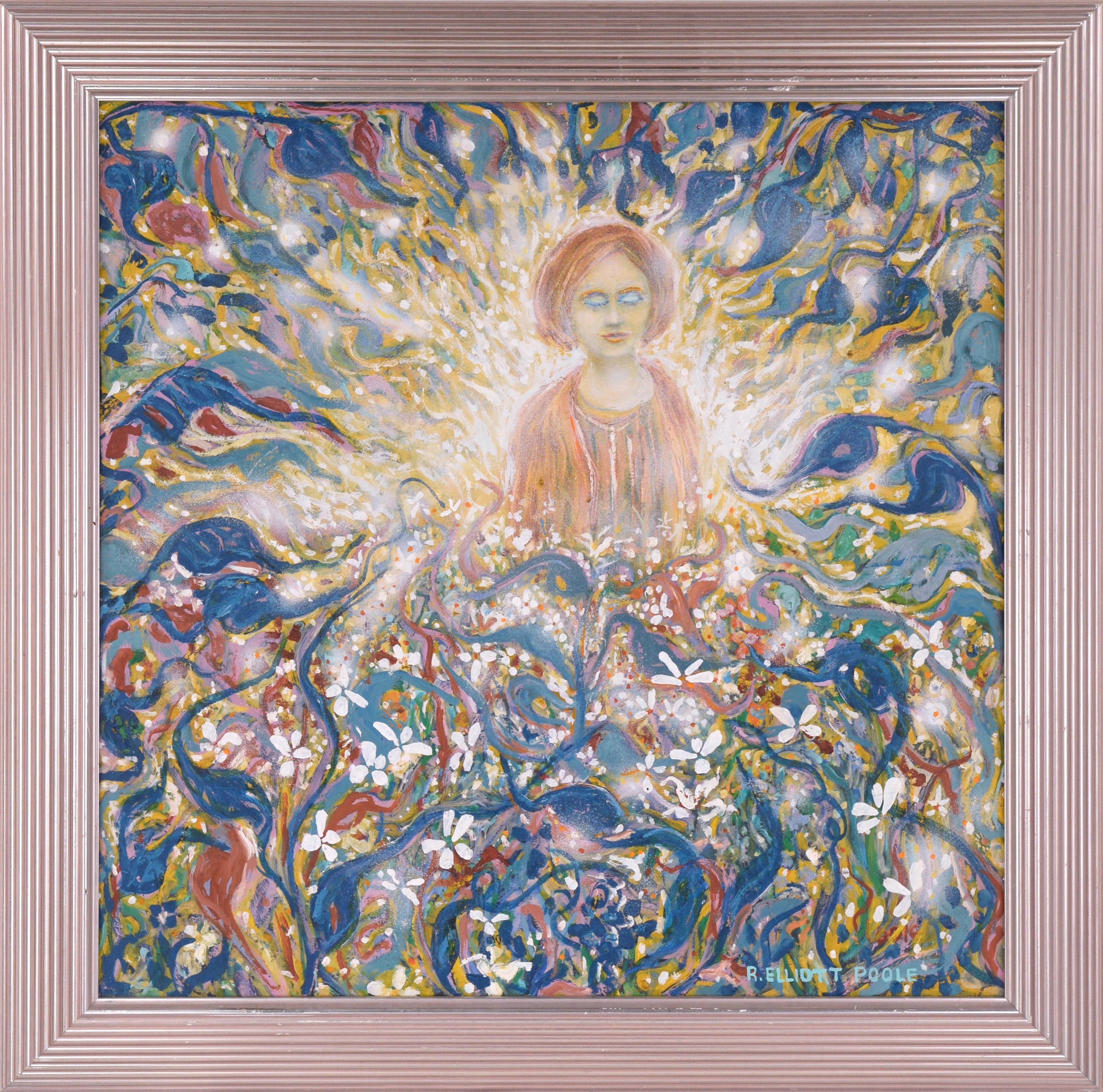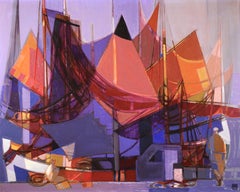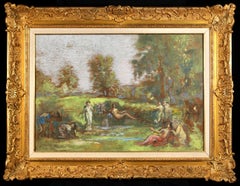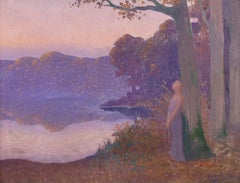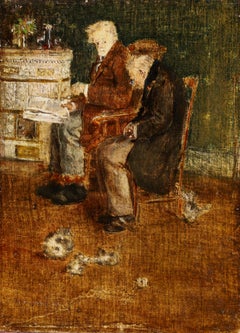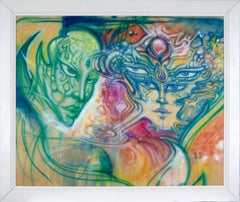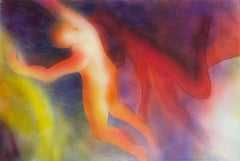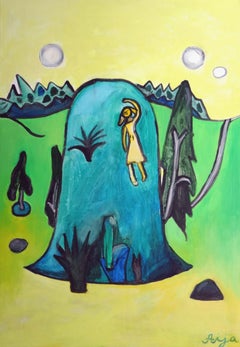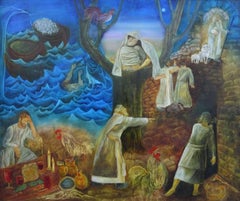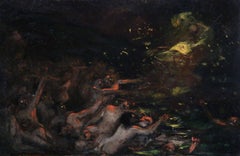
Death - Symbolism (Founded 1886)
View Similar Items
Want more images or videos?
Request additional images or videos from the seller
1 of 2
UnknownDeath - Symbolism (Founded 1886)c.1890
c.1890
About the Item
- Creation Year:c.1890
- Dimensions:Height: 6.5 in (16.51 cm)Width: 10 in (25.4 cm)
- Medium:
- Movement & Style:
- Period:
- Condition:
- Gallery Location:Marlow, GB
- Reference Number:Seller: LFA0654BF1stDibs: LU41532416273
About the Seller
5.0
Platinum Seller
Premium sellers with a 4.7+ rating and 24-hour response times
Established in 2001
1stDibs seller since 2016
703 sales on 1stDibs
Typical response time: 2 hours
Authenticity Guarantee
In the unlikely event there’s an issue with an item’s authenticity, contact us within 1 year for a full refund. DetailsMoney-Back Guarantee
If your item is not as described, is damaged in transit, or does not arrive, contact us within 7 days for a full refund. Details24-Hour Cancellation
You have a 24-hour grace period in which to reconsider your purchase, with no questions asked.Vetted Professional Sellers
Our world-class sellers must adhere to strict standards for service and quality, maintaining the integrity of our listings.Price-Match Guarantee
If you find that a seller listed the same item for a lower price elsewhere, we’ll match it.Trusted Global Delivery
Our best-in-class carrier network provides specialized shipping options worldwide, including custom delivery.More From This Seller
View AllRomeo de Ravenne - Cubist Oil, Figure & Boat on Landscape by Camille Hilaire
By Camille Hilaire
Located in Marlow, Buckinghamshire
Signed and titled oil on canvas by French cubist painter Camile Hilaire. The piece beautifully depicts a man at a port beside boats coloured in reds, blues and oranges. A wonderfully...
Category
1960s Cubist Abstract Paintings
Materials
Canvas, Oil
Fete Champetre - Symbolist Figurative Oil Painting by Ker Xavier Roussel
By Ker Xavier Roussel
Located in Marlow, Buckinghamshire
Signed symbolist oil on panel circa 1910 by French Les Nabis painter Ker-Xavier Roussel. This beautiful painting depicts nudes and figures dressed in robes in a wooded landscape.
Signature:
Signed lower left
Dimensions:
Framed: 31"x40"
Unframed: 23"x32"
Provenance:
JPL Fine Arts - London c. 1985
Ker-Xavier Roussel met Édouard Vuillard at the Lycée Condorcet, which they both attended. Together they visited Eugène Ulysse Napoléon Maillard's studio, where Roussel became acquainted with Charles Cottet, going on to study at the Académie Julian under Bouguereau and Jules Lefebvre. There, he became interested in the Synthetism promoted by Sérusier, following Sérusier's heeding of the line Gauguin had adopted in Pont-Aven. He joined the Nabis group. He and his friends form a link between the Impressionists - he knew Cézanne, Degas, Renoir and Monet - and the Fauves and Cubists.
In his earliest paintings, Roussel adopted a dark palette for Realist still-lifes. Later, his work bore the influence of Gauguin, Sérusier, the Nabis and Cézanne, in Intimist scenes painted in flat tints not yet clearly delineated. Their dull, saturated tones are reminiscent of Cézanne. In about 1900 he started painting mythological scenes full of nymphs and fauns and set in his home region of Île-de-France. After a bicycle trip in Provence with Maurice Denis, during which he met Cézanne, he lightened his palette, much taken by the cloudless skies below which he would now set the mythological and idyllic compositions which link him to Poussin and Corot. This wondrous, unreal world found its way into large-scale works, including the stage curtain of the Champs-Élysées theatre in 1913, a large Pax Nutrix for the Palais des Nations in Geneva and Dance for the Palais de Chaillot in 1937. He is best remembered for: Silenius' Triumph, Polyphemus, Diana, The Abduction of the Daughters of Leucippus. The nymphs and fauns of a mythology quite his own appear in clearings and woods from the outskirts of Paris, but the sun they rejoice in is Mediterranean. To capture the vibration of bright colours under a permanent sun, he later turned to pastels. He was more a Symbolist than a Nabi and signed himself K.-X. Roussel. He also produced lithographs.
He took part in exhibitions from 1891 with the Groupe des Vingt at le Barc de Bouteville's gallery in Brussels. Then he exhibited in Revue Blanche Painters ( Les Peintres de la revue blanche) in Paris; with the Nabis at Café Volponi in Paris; before World War I with Free Aesthetics in Brussels; from 1901 at the Salon des Indépendants and the Salon d'Automne; in the 1930s in Revue Blanche Painters ( Les Peintres de la Revue blanche) hosted in Paris by designer Bolette Natanson, the daughter of the Revue Blanche's owner. He took part in The Masters of Contemporary Art ( Les Maîtres de l'art contemporain) at the Musée du Petit Palais in Paris, and at the 1938 Venice Biennale and 1939 New York World Fair. He featured posthumously in Toulouse-Lautrec and the Nabis ( Toulouse-Lautrec et les Nabis) at Bern Kunsthalle; From the Revue Blanche ( Autour de la revue blanche) in the Galerie Maeght, Paris, and in Tokyo and Brussels. He had one-man shows in Paris before his death in 1944. Retrospectives were mounted in the 1960s in London and Bremen.
Museum and Gallery Holdings:
Geneva (Petit Palais): Haystacks on the Seaside
Paris (BNF): Training the Dog; Landscapes (engraving); Nymph and Faun (c. 1895, etching)
Paris (Louvre): Poject for a Screen (drawing)
Paris (MNAM-CCI): The Road (c. 1905); The Cyclops (1908); Venus and Cupid on the Seafront (1908); The Abduction of Leucippus' Daughters (1911); Pastorale (1920); Diana at Rest (1923); Portrait of Vuillard (1934)
Paris (Mus. d'Orsay): The Gate (pastel); Woman in Profile with Green Hat; In Bed; Félix Valloton...
Category
Early 20th Century Symbolist Figurative Paintings
Materials
Oil, Panel
La Muse Du Lac - Symbolist Figure in Landscape Oil Painting by Alphonse Osbert
Located in Marlow, Buckinghamshire
Signed and dated symbolist figure in landscape oil on board by French painter Alphonse Osbert. The piece depicts a blonde woman in a full length purple...
Category
Early 20th Century Symbolist Figurative Paintings
Materials
Board, Oil
Deux vieillards aux chatons - Impressionist Figurative Oil by J F Raffaelli
By Jean-Francois Raffaelli
Located in Marlow, Buckinghamshire
Signed figures in interior oil on panel by French impressionist painter Jean-Francois Raffaelli. The piece depicts two old men seated in an interior. One is reading his paper as the other naps and there are several kittens on the floor. Painted in the artist's distinctive style.
Signature:
Signed lower left
Dimensions:
Framed: 9.5"x8"
Unframed: 5.5"x4"
Provenance:
Brame & Lorenceau have confirmed the authenticity of this work and it will be included in the digital catalogue raisonne of the painter which is under preparation
A certificate of authenticity fromBrame & Lorenceau accompanies this painting
Private collection - United States
Original artists label verso
Jean-François Raffaëlli's father was a failed Italian businessman and Raffaëlli himself was, among other things, a church chorister, actor and theatre singer. He then studied under Gérôme at the École des Beaux-Arts in Paris. He travelled to Italy, Spain and Algeria and on his return to France settled in Asnières.
In 1876, on a trip to Brittany, he first saw the potential of realist subject matter, if treated seriously. He became involved in meetings of artists at the Café Guerbois, where the Impressionist painters used to gather. As a result, Degas, contrary to the advice of the group, introduced Raffaëlli to the Impressionist exhibitions - according to one uncertain source as early as the very first exhibition, at the home of Nadar, and certainly to those of 1880 and 1881.
In 1904, Raffaëlli founded the Society for Original Colour Engraving. He first exhibited at the Salon de Paris in 1870 and continued to exhibit there until he joined the Salon des Artistes Français in 1881, where he earned a commendation in 1885, was made Chevalier of the Légion d'Honneur in 1889 and in the same year was awarded a gold medal at the Exposition Universelle. In 1906 he was made Officier of the Légion d'Honneur. He was also a member of the Société Nationale des Beaux-Arts. In 1884, a private exhibition of his work cemented his reputation.
He contributed to several newspapers such as The Black Cat (Le Chat Noir) in 1885 and The French Mail (Le Courrier Français) in 1886 and 1887. He published a collection entitled Parisian Characters, which captured his favourite themes of the street, the neighbourhood and local people going about their lives. In 1880 he participated, with Forain, on the illustration of Joris Karl Huysmans' Parisian Sketches (Croquis Parisiens). He also illustrated Huysman's Works. As well as working as an illustrator, he also made etchings and coloured dry-points.
His early attempts at painting were genre scenes, but once he was settled in Asnières he started to paint picturesque views of Parisian suburbs. From 1879 onwards, his subject matter drew on the lives of local people. These popular themes, which he treated with humanity and a social conscience, brought him to the attention of the social realist writers of the time such as Émile Zola. In addition to his realist style, Raffaëlli's dark palette, which ran contrary to the Impressionist aesthethic, helped to explain the opposition of those painters to his participation in their exhibitions. More concerned with drawing than colour, he used black and white for most of his paintings. Towards the end of his life, he lightened his palette, but without adopting any other principles of the Impressionist technique.
After painting several portraits, including Edmond de Goncourt and Georges Clémenceau, he returned to genre painting, particularly scenes of bourgeois life. Later in his career, he painted mainly Breton-inspired sailors and views of Venice. His views of the Paris slums and the fortifications, sites which have almost completely disappeared, went some way towards establishing a genre in themselves and perpetuated the memory of the area: The Slums, Rag-and-Bone Man, Vagabond, Sandpit, In St-Denis, Area of Fortifications. His realistic and witty portrayal of typical Parisian townscapes accounts for his enduring appeal.
Born in Paris, he was of Tuscan descent through his paternal grandparents. He showed an interest in music and theatre before becoming a painter in 1870. One of his landscape paintings was accepted for exhibition at the Salon in that same year. In October 1871 he began three months of study under Jean-Léon Gérôme at the École des Beaux-Arts in Paris; he had no other formal training.
Raffaëlli produced primarily costume pictures until 1876, when he began to depict the people of his time—particularly peasants, workers, and ragpickers seen in the suburbs of Paris—in a realistic style. His new work was championed by influential critics such as J.-K. Huysmans, as well as by Edgar Degas.
The ragpicker became for Raffaëlli a symbol of the alienation of the individual in modern society. Art historian Barbara S. Fields has written of Raffaëlli's interest in the positivist philosophy of Hippolyte-Adolphe Taine, which led him to articulate a theory of realism that he christened caractérisme. He hoped to set himself apart from those unthinking, so-called realist artists whose art provided the viewer with only a literal depiction of nature. His careful observation of man in his milieu paralleled the anti-aesthetic, anti-romantic approach of the literary Naturalists, such as Zola and Huysmans.
Degas invited Raffaëlli to participate in the Impressionist exhibitions of 1880 and 1881, an action that bitterly divided the group; not only was Raffaëlli not an Impressionist, but he threatened to dominate the 1880 exhibition with his outsized display of 37 works. Monet, resentful of Degas's insistence on expanding the Impressionist exhibitions by including several realists, chose not to exhibit, complaining, "The little chapel has become a commonplace school which opens its doors to the first dauber to come along."An example of Raffaëlli's work from this period is Les buveurs d'absinthe (1881, in the California Palace of Legion of Honor Art Museum in San Francisco). Originally titled Les déclassés, the painting was widely praised at the 1881 exhibit.
After winning the Légion d'honneur in 1889, Raffaëlli shifted his attention from the suburbs of Paris to city itself, and the street scenes that resulted were well received by the public and the critics. He made a number of sculptures, but these are known today only through photographs.[2] His work was also part of the painting event in the art competition at the 1912 Summer Olympics. In the later years of his life, he concentrated on color printmaking. Raffaëlli died in Paris on February 11, 1924
Museum and Gallery Holdings:
Béziers: Peasants Going to Town
Bordeaux: Bohemians at a Café
Boston: Notre-Dame; Return from the Market
Brussels: Chevet of Notre-Dame; pastel
Bucharest (Muz. National de Arta al României): Market at Antibes; Pied-à-terre
Copenhagen: Fishermen on the Beach
Douai: Return from the Market; Blacksmiths
Liège: Absinthe Drinker...
Category
1890s Impressionist Figurative Paintings
Materials
Oil, Panel
Sur la Plage - Impressionist Oil, Figures in Coastal Landscape by Alfred Stevens
By Alfred Émile Léopold Stevens
Located in Marlow, Buckinghamshire
Signed and dated figures in seascape oil on panel by Belgian impressionist painter Alfred Emile Leopold Stevens. The work depicts an elega...
Category
1890s Impressionist Figurative Paintings
Materials
Oil, Panel
Barques au Bois de Boulogne - Fauvist Landscape Oil Painting by Louis Valtat
By Louis Valtat
Located in Marlow, Buckinghamshire
Signed fauvist oil on canvas laid on panel riverscape circa 1925 by French painter Louis Valtat. The work depicts several boats being rowed on River Seine in Bois de Boulogne - a for...
Category
1920s Fauvist Landscape Paintings
Materials
Oil, Panel, Canvas
You May Also Like
Cosmic Travelers - Visionary Psychedelic Composition on Wood Panel
Located in Soquel, CA
Cosmic Travelers - Visionary Psychedelic Composition on Wood Panel
Surreal, psychedelic composition by an unknown artist (20th Century). The face on the left side of the composition...
Category
21st Century and Contemporary Symbolist Figurative Paintings
Materials
Acrylic, Wood Panel
$1,416 Sale Price
46% Off
Very Large French Surrealist Oil Floating Figures in Sky, Colorful Oil Painting
Located in Cirencester, Gloucestershire
Artist/ School: Josnye Gallet (French signed and dated 1972)
Title: Surrealist floating figures in a space like atmosphere.
Medium: signed verso, oil painting on canvas, unframed....
Category
20th Century Symbolist Abstract Paintings
Materials
Oil
$2,605 Sale Price
20% Off
Hillfort. 2011. Oil and acrylic on canvas, 100x70 cm
By Aija Zarina
Located in Riga, LV
Aija Zariņa is a prominent personality in Latvian art, actively advocating for idealism and personal freedom, against conformism. Her main theme is human existence, its fundamental c...
Category
2010s Symbolist Abstract Paintings
Materials
Canvas, Oil, Acrylic
$2,295 Sale Price
20% Off
Stages of faith, 2019. Oil on canvas, 120x100 cm
Located in Riga, LV
Taya Bell (born 1974 in Semey, Kazakhstan) was educated in Almaty until 2000, graduating with a Bachelor's degree in Arts, as well as degrees in Pedagogy and Foreign Language. From 2...
Category
2010s Symbolist Figurative Paintings
Materials
Canvas, Oil
$1,559 Sale Price
22% Off
"Searching for Fireflies, " Oil on Canvas - Abstract Figurative Painting
Located in Houston, TX
This abstract oil painting underscores the difference between notions of dark and light, challenging our ideas of how we distinguish good and evil. The firefly is a nocturnal creatur...
Category
2010s Symbolist Figurative Paintings
Materials
Canvas, Oil
"No Straight Answers, " Oil on Canvas - Abstract Figurative Painting, Indian Art
Located in Houston, TX
This oil on canvas painting is inspired by the Hindu Goddess Kaamdhenu, the mother of all cows and Bhatt’s recurring symbol of desire. The bovine figure cradles two humanistic figu...
Category
2010s Symbolist Figurative Paintings
Materials
Canvas, Oil
